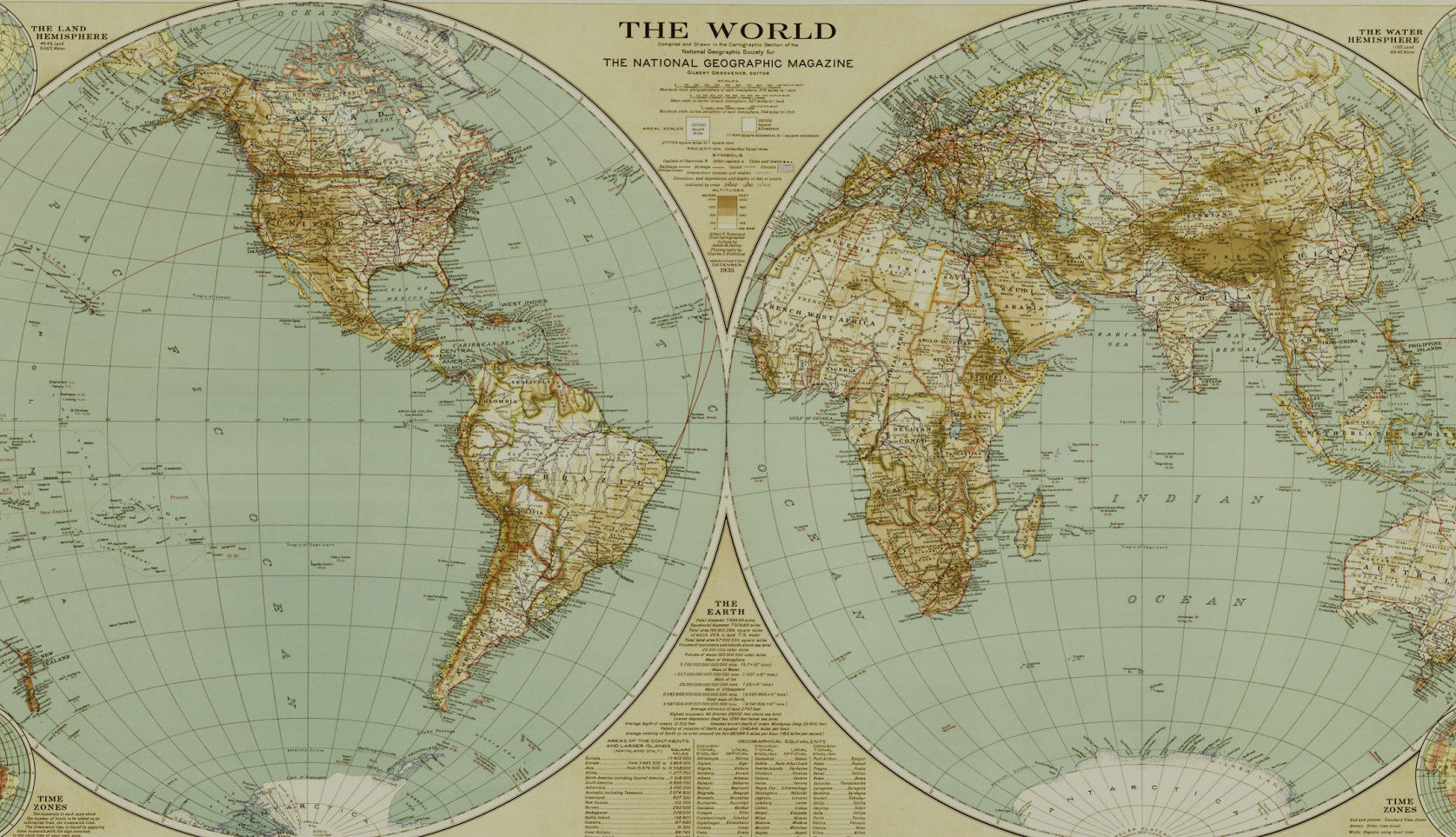I woke up early to catch the ferry to Robben Island. The sun was just rising and the hibiscus flowers on the hedge outside the hostel hadn’t unfurled. Even still the air felt warm and there wasn’t a cloud in the sky. It was a beautiful day to visit one of the world’s most infamous prisons.

Having only one full day in Cape Town, Robben Island was top on my list of things to see. As the place of incarceration for black male political prisoners this small low-lying island (it is only 3.3 km by 1.9 km) is a big feature of the Apartheid narrative. The island has been used to hold political prisoners since the 17th century but the iconic maximum security prison for political prisoners was opened in 1961. Today there is no one incarcerated on the island and its inhabitants choose to be there, including the penguins.
Apartheid, an Afrikaans term that translates as ‘separateness’, is an ideology that has always unsettled me. This system of racial segregation was enforced by the South African government from 1948 until it was fully abolished with multi-racial democratic elections in 1994. Under Apartheid, education, medical care, public services, neighbourhoods, etc., were racially segregated and in many cases the services given to black people were far inferior to those given to white people. In 1970 the government went so far as to deprive black people of their South African citizenship, instead making them citizens of one of ten banustans – tribal based self-governing homelands.
Protests and uprisings against Apartheid began soon after it was imposed. The response from the government was repression, violence and further oppression. International relations with South Africa were highly strained during Apartheid, especially from the 1960’s onward when events like the Sharpeville Massacre drew international focus and fueled protests within South Africa that became increasingly militarised. There were various prisons around South Africa that held political prisoners – these were also segregated – Robben Island prison specifically held black male political prisoners from 1961 to 1991.
My visit started with a ferry journey from Cape Town’s famous Victoria & Alfred Waterfront across Table Bay to the island. Arriving at Murray’s Bay Harbour I disembarked and followed the other passengers to a fleet of buses that took us around the island which is both a South African National Heritage Site and a UNESCO World Heritage Site. The structures and sites that dot the island poignantly tell the harsh story of imprisonment and hard labour. In addition to the village that was home to white prison staff, we passed the large cemetery used when Robben Island was a leper colony in the 19th century, buildings constructed when the island was fortified during WWII and, of course, had a short stop at the island’s café.
The majority of my visit to Robben Island was focused on a tour of the maximum security prison given by a former political prisoner. Hearing his tale of political opposition to Apartheid, going on the run, being captured and tried for treason and then being incarcerated in the very prison we were standing in was heart-rending. The prison itself looks much like any institution of its kind – cream and sickly green paint, small isolation cells and crowded group cells, stark concrete exercise yards, and bars.
Possibly the island’s most famous political prisoner was Nelson Mandela, the anti-apartheid revolutionary who was incarcerated for 27 years, 18 of which were spent on Robben Island. As you walk through the prison reminders of Mandela are everywhere and he is frequently mentioned. Unlike those prisoners in communal cells who had toilets and showers, Mandela was placed in an isolated cell with a straw pallet and one bucket with which to both wash and use as a toilet. The political prisoners also had to do hard labour as part of their sentences and, like Mandela, many experienced long-term physical ailments resulting from long hours in the quarries.
On the ferry trip back to Cape Town I couldn’t help but think about the final journey made by the political prisoners released after the Indemnity Act was passed in 1991. Table Mountain is always present on the Robben Island skyline but the prisoners must have been overwhelmed to see it growing ever larger as they approached the shore and their freedom. Although Apartheid has officially been abolished South Africa still bears the scars of this period of its history and the struggle against racism is ongoing.
While there are still many men alive who were imprisoned on Robben Island, with the passing of time this will not always be the case. The UNESCO designation of the island ensures that this important site can continue to tell its heartbreaking, complex and inspiring story. Much more can and has been said about Robben Island, those who were incarcerated there and the Apartheid era. The links below are a good place to start for more information.
